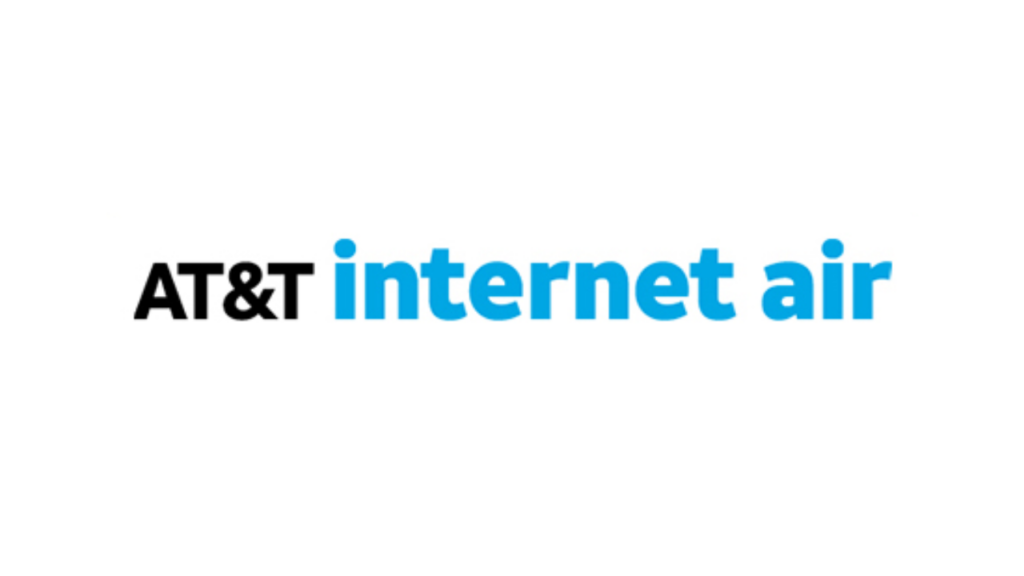AT&T’s expansion of its Internet Air fixed wireless access service to 16 additional markets this month signals the company wants to join rivals T-Mobile and Verizon in 5G fixed wireless access service.

Impact: After sticking to its all-fiber strategy for the past several years and downplaying its interest in FWA, AT&T rolled out its Internet Air fixed wireless product earlier this year to DSL customers in largely rural areas where it plans to decommission its legacy copper network but not immediately (or ever) replace it with fiber. With the recent Internet Air rollout to parts of 16 additional markets, many of which are outside its traditional wireline footprint, AT&T appears to be ready to make its own 5G FWA play. But the company also remains committed to its long-term fiber strategy, with CEO John Stankey noting on the Q2 earnings that the company remains on target to meet its goal of 30 million fiber passings by year-
end 2025. AT&T described the more widespread rollout of Internet Air, priced at $55/mo alone or $35/mo when bundled with AT&T’s mobile service, as complementary to AT&T Fiber and part of its shift to focus on “some new acquisition markets.”
The service also comes with the promise of no price increase after 12 months, no equipment fees, no overage fees, and no annual contract. At least initially the company plans to deploy fixed wireless broadband in areas with excess wireless coverage and capacity so as to limit service degradation for its mobile customers. Although the company didn’t specify which spectrum Internet Air will run on, it’s thought it will use the AT&T’s combination of 3.45 GHz and C-band spectrum as much as possible. The 16 new Internet Air markets include Chicago, Cincinnati, Detroit, Flint, Harrisburg, Hartford, Las Vegas, Los Angeles, Minneapolis, Philadelphia, Phoenix (Prescott), Pittsburgh, Portland, Salt Lake City, Seattle, and Tampa-
St. Petersburg (Sarasota). It will face competition not only from T-Mobile and Verizon in many of these markets, but also from cable wireline broadband. The majority of the markets sit within Comcast’s footprint, but Charter and Cox could also see an impact as each has some overlap with the Internet Air list. For the cable operators, another FWA option poses an additional threat to their ability to hold onto broadband customers, particularly around the margins where FWA has seemingly been able to nibble away at their customer base.
The shift in AT&T’s strategy seems tied at least somewhat to escalating fiber deployment costs, with the company realizing FWA could extend its broadband coverage more quickly and at less cost. This appears particularly true in areas where the economics of fiber might not work as well right now or where fiber might not be deployed in the near term. AT&T executive Erin Scarborough called the Internet Air product “a great bridge to the future,” implying it will help AT&T offer reliable in-
home connectivity for more customers until fiber becomes more feasible in these locations even as AT&T works to make fiber available to as many customers as possible in the long-term. Another AT&T exec said the company has devised a strategy of targeted Internet Air launches, offering the service as an option in areas of a particular market where it doesn’t yet have fiber. Per LightReading, AT&T has minimal fiber coverage in six of the Internet Air markets where it offers wireline broadband: Cincinnati, Las Vegas, Los Angeles, Philadelphia, and Pittsburgh. But it already offers fiber to swaths of Chicago and Detroit so the effort in those markets will likely focus on shifting more copper-based customers onto FWA. Las Vegas and parts of the greater Phoenix area, meanwhile, have already been named Gigapower markets, although the Internet Air coverage in Phoenix actually appears to be 100 miles away in Prescott, AZ. The attention to two markets indicates it’s possible AT&T could deliver two new broadband products to more locations outside of its traditional wireline footprint.
After downplaying the success of FWA compared to fiber for the last couple years, AT&T now appears to be saying “game on” to both its wireless rivals and its cable competitors. Whether AT&T can differentiate Internet Air and catch up to T-
Mobile and Verizon in the segment remains to be seen and may prove difficult considering it remains well behind the two in mid-band spectrum deployments. But AT&T appears to be banking on what it described as a streamlined installation process that comes with a new Smart Home Manager app that helps determine the best location for its FWA router to differentiate itself and appeal to customers looking for a change in service without the cost of fiber.
